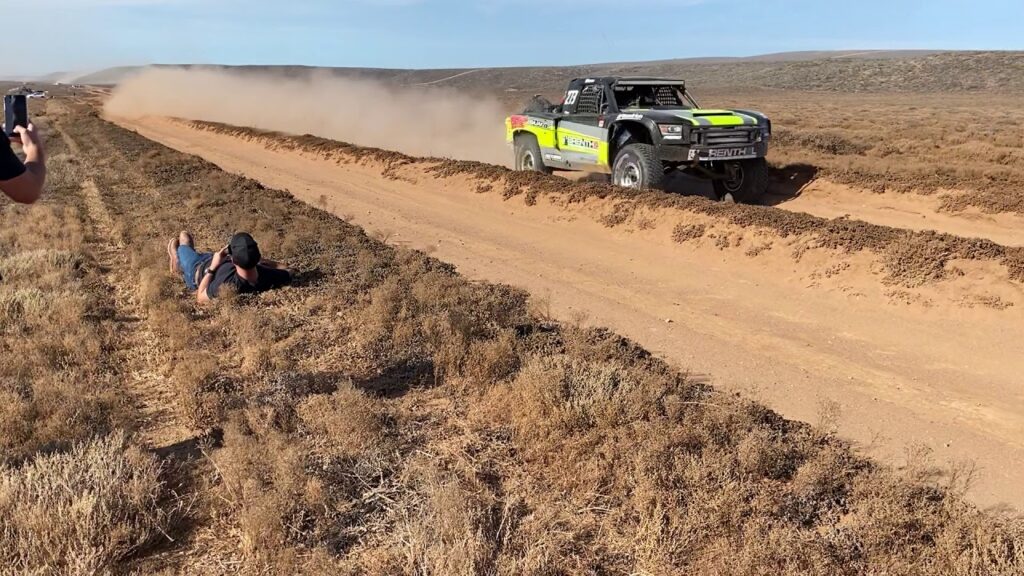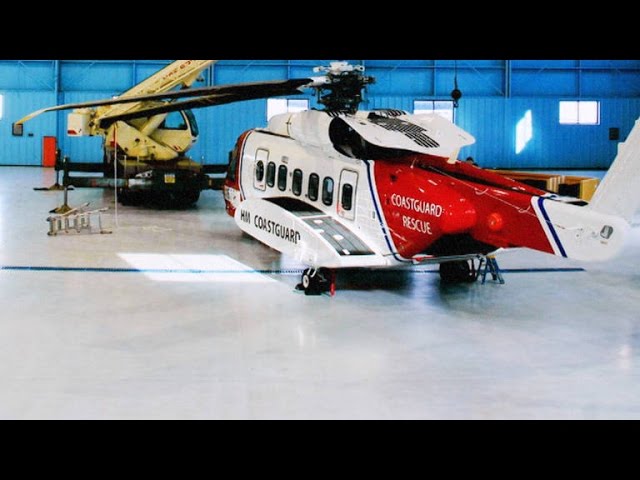Understanding the Importance of Crew and Truck Support for Fire Contract Work
Firefighting is an intense and dangerous field that requires a coordinated effort and extensive support to ensure the safety and effectiveness of operations. Helicopter firefighting operations in Mexico, as in many other regions, rely heavily on ground support crews and truck support to carry out their missions successfully. The integration of aircraft with ground teams enhances the overall capability to manage wildfires and protect communities and critical infrastructure.
Mobilizing Ground Support Crews
The role of ground support crews is multifaceted and essential. These professionals are responsible for a wide range of tasks, from setting up and maintaining temporary helicopter landing zones to refueling operations and logistical coordination. They provide the crucial link between airborne units and the strategic planning on the ground, optimizing the efficiency of the aerial firefighting efforts. Ground crew support also includes mechanics and maintenance personnel who ensure that helicopters remain operational and safe to fly during critical moments.
Truck Support: The Lifeline of Operations
Equally important is the role played by truck support. These specialized vehicles transport fire retardant, water, and essential supplies to and from the operation sites. They are equipped to navigate challenging terrains, and their drivers are skilled in reaching remote locations quickly and safely. Without the capability to replenish supplies in a timely manner, helicopters could not sustain prolonged firefighting efforts, making truck support the backbone of logistical operations.
Communication and Coordination
Communication between helicopter crews, ground support, and truck support units is a critical component that cannot be overstated. The use of advanced communication systems ensures that all parties are constantly aware of the operational status, weather conditions, and any potential hazards. This seamless exchange of information helps synchronize the actions of the helicopter and support teams, enabling a more effective and timely response to the dynamic nature of wildfires.
Safety and Efficiency
The safety of the firefighting personnel is paramount, and the support crews play an instrumental role in maintaining it. By taking care of operational logistics, they allow pilots and aerial firefighters to focus solely on their demanding tasks. The efficiency brought by knowledgeable ground and truck support teams minimizes downtime and maximizes the helicopters’ active firefighting time, directly impacting the outcome of fire suppression efforts.
Through understanding the pivotal roles of crew and truck support in fire contract work, it becomes clear that successful helicopter firefighting operations are a synergy of many parts working in unison. This interdependence highlights the complexity and coordinated nature of wildfire management, where every element in the chain plays a vital role in protecting both human lives and natural landscapes against the devastating effects of fire.
Efficient Logistics: The Backbone of Effective Firefighting in Mexico
In the vast and varied terrain of Mexico, efficient logistics are critical for effective firefighting operations. With a landscape that includes dense forests, arid deserts, and sprawling urban areas, the challenge of reaching a fire scene quickly and with the necessary resources cannot be overstated. The deployment of helicopters has become an essential aspect of tackling this logistical complexity. These aircraft are capable of bypassing the problems posed by impassable roads or remote locations, delivering firefighters, equipment, and water directly to the heart of the blaze.
Helicopter units specialized in firefighting in Mexico operate with precision and coordination. They are equipped with the latest technology in aerial firefighting, such as Bambi Buckets and water bombs, which enable them to douse flames from above with remarkable accuracy. These aerial tools complement the on-the-ground efforts of firefighters, making it possible to combat fires that would otherwise be inaccessible. Not only do these helicopters provide direct fire suppression, but they are also invaluable for reconnaissance, offering real-time data to commanders on the ground to make informed decisions about resource allocation and strategic planning.
As we consider the future of firefighting in Mexico, the integration of helicopter support with other firefighting resources becomes increasingly significant. Logistics teams work tirelessly behind the scenes to ensure maintenance schedules, refueling operations, and pilot training programs are all conducted with the utmost efficiency. This concerted effort ensures that when a fire breaks out, the response is swift and effective, minimizing damage to the environment and property, and most importantly, saving lives. The role of aerial logistics in firefighting cannot be overstated—it is truly the backbone of a successful firefighting strategy in Mexico’s challenging landscapes.
The Role of Helicopter Crews in Enhancing Firefighting Operations
Helicopter crews play a pivotal role in firefighting operations, especially in the diverse landscapes of Mexico. These skilled teams operate highly specialized aircraft equipped for a variety of tasks essential to combatting wildfires. Access to remote and rugged terrains, which are often inaccessible by traditional fire trucks, is one of the primary benefits provided by helicopter squads. They can quickly reach hotspots and deliver critical resources, including manpower, supplies, and water, to areas most in need.
Wildfire suppression is greatly enhanced by the use of helicopters. Crews can perform water or retardant drops precisely where required, taking advantage of their aerial perspective to identify the most effective points of intervention. This capability not only helps to slow the spread of the fire but also provides ground teams the opportunity to strengthen containment lines and protect vulnerable structures and communities.
Moreover, helicopter crews are essential for conducting reconnaissance missions. Offering high vantage points, they gather real-time data on the fire behavior, size, and direction of spread. This critical information enables incident commanders to make informed decisions on resource allocation and evacuation measures. Enhanced situational awareness can significantly reduce potential damages and improve the overall effectiveness of the firefighting strategy.
The versatility of helicopters also extends to the transportation of firefighting personnel. Rapid deployment and extraction of hotshot crews, smoke jumpers, and other specialized teams directly to the fire line greatly increase the efficiency of the response. Consequently, dangerous situations are addressed much faster, preventing the intensification of wildfires and reducing the exposure time of firefighters to hazardous conditions.
Helicopter crews in firefighting operations must undergo rigorous training and adhere to strict safety protocols. The complexity of aerial firefighting requires not only piloting skills but also comprehensive knowledge of fire behavior, communication expertise, and the ability to work closely with ground units. In Mexico, where the topography can vary from rainforests to arid plains, these crews are the unsung heroes in the battle against one of nature’s most formidable forces.
Essential Equipment: The Integration of Trucks in Fire Contract Work
In the high-stakes arena of firefighting, the successful quelling of blazes often hinges on the proficiency of the responding team and the equipment at their disposal. Within this realm, trucks have become an indispensable asset, particularly in Mexico where varied terrains and remote locations present unique challenges. These robust vehicles serve a multitude of purposes, from transporting personnel and essential gear to facilitating water delivery in areas where hydrant systems may be sparse or nonexistent.
The composition of a firefighter’s truck fleet can vary greatly, reflecting the specialized needs of the service they provide. In Mexico, a common sight is the multipurpose fire engine, equipped with high-capacity tanks, pumps, and hoses capable of delivering substantial volumes of water or fire suppressants. These trucks often also house compartments stocked with a variety of tools necessary for forcible entry, search and rescue, and ventilation operations. Their versatility makes them a cornerstone of any fire contract work, ensuring that a wide array of challenges can be met head-on.
Advancements in technology have also seen the introduction of trucks designed to address specific aspects of firefighting. Aerial platforms and ladder trucks afford firefighters access to high-rise structures, which are becoming more prevalent in Mexico’s developing urban landscapes. Wildland fire trucks, on the other hand, are customized for maneuverability and durability, allowing them to traverse the rugged, often unpaved terrains prevalent in rural areas. These specialized vehicles come equipped with features such as four-wheel drive and high ground clearance, enabling responders to reach fires that might otherwise be inaccessible.
In addition to firefighting capabilities, trucks in Mexico are frequently outfitted with medical equipment to provide on-scene emergency care. This integration of fire and emergency medical services is essential in remote locations, where medical facilities may be hours away. Fire trucks carrying defibrillators, oxygen, and trauma supplies ensure that the fire service can extend beyond simple fire suppression, embodying a comprehensive approach to community safety.
To ensure optimal performance, these trucks undergo rigorous maintenance and inspection routines, a testament to their crucial role in protecting lives and properties. In the Mexican context, where resources may be limited, maximizing the utility and lifespan of each vehicle is paramount. Training for firefighters likewise emphasizes mastery in the operation of these trucks, ensuring that when called upon, both the equipment and the personnel are prepared to tackle the extensive demands of fire contract work.



